$15.00
SKU: N/A
Category: Laying Hens
Marran Hen
The Marran hen (also known as the Marans breed) is a hardy, elegant chicken known for her distinctive dark brown or chocolate-colored eggs and her charming, calm demeanor. Originally from France, the Marran hen is a favorite among poultry enthusiasts for its egg color, beautiful feathering, and docile nature.
Appearance:
- Size: Medium-sized with a strong, solid build.
- Feathering: Glossy, often with copper or golden tones (depending on the variety), and a slightly iridescent sheen.
- Color Varieties: The most common varieties are Black Copper, White, and Cuckoo. The Black Copper variety is particularly prized for its stunning plumage.
- Comb: Single comb, red and upright.
- Legs/Feet: Clean, yellow legs with unfeathered feet.
Temperament:
- Calm, friendly, and somewhat reserved — Marrans are known for being docile and easy to manage, making them a good choice for backyard flocks or families with children.
- They can be a bit more independent than other breeds but are not aggressive and tend to get along well with other chickens.
- Marrans are generally non-flighty and have a calm disposition.
Egg Production:
- Exceptional egg layers, known for producing rich, dark brown eggs, sometimes with a chocolate-like hue.
- Marrans typically lay around 150–200 eggs per year, making them more productive than many ornamental breeds but less prolific than commercial layers.
- Their dark eggs are often sought after for their unique and attractive color, making them a popular choice among poultry enthusiasts and for egg-selling purposes.
Purpose:
- Primarily raised for egg production, particularly for the distinctive dark brown eggs.
- Ornamental: Known for their stunning plumage, Marrans are often kept for their beauty and display qualities.
- Meat: While they are not primarily bred for meat, they are large enough to be considered a dual-purpose breed for those interested in both eggs and meat.
Care Notes:
- Hardy and adaptable to various climates, though they appreciate protection from extreme cold or wet conditions.
- Active foragers, so they do well in free-range or larger pens.
- While they are generally low-maintenance, their egg production can benefit from a diet high in protein to maintain quality egg color and consistency.
| Available Marrans | Black Copper Marrans, White Marrans, Cuckoo Marrans |
|---|
Be the first to review “Marran Hens” Cancel reply
Related products
Laying Hens
$15.00
Laying Hens
$15.00
Laying Hens
$15.00
Laying Hens
$15.00
Laying Hens
$15.00
Laying Hens
$15.00
Laying Hens
$15.00
Laying Hens
$15.00

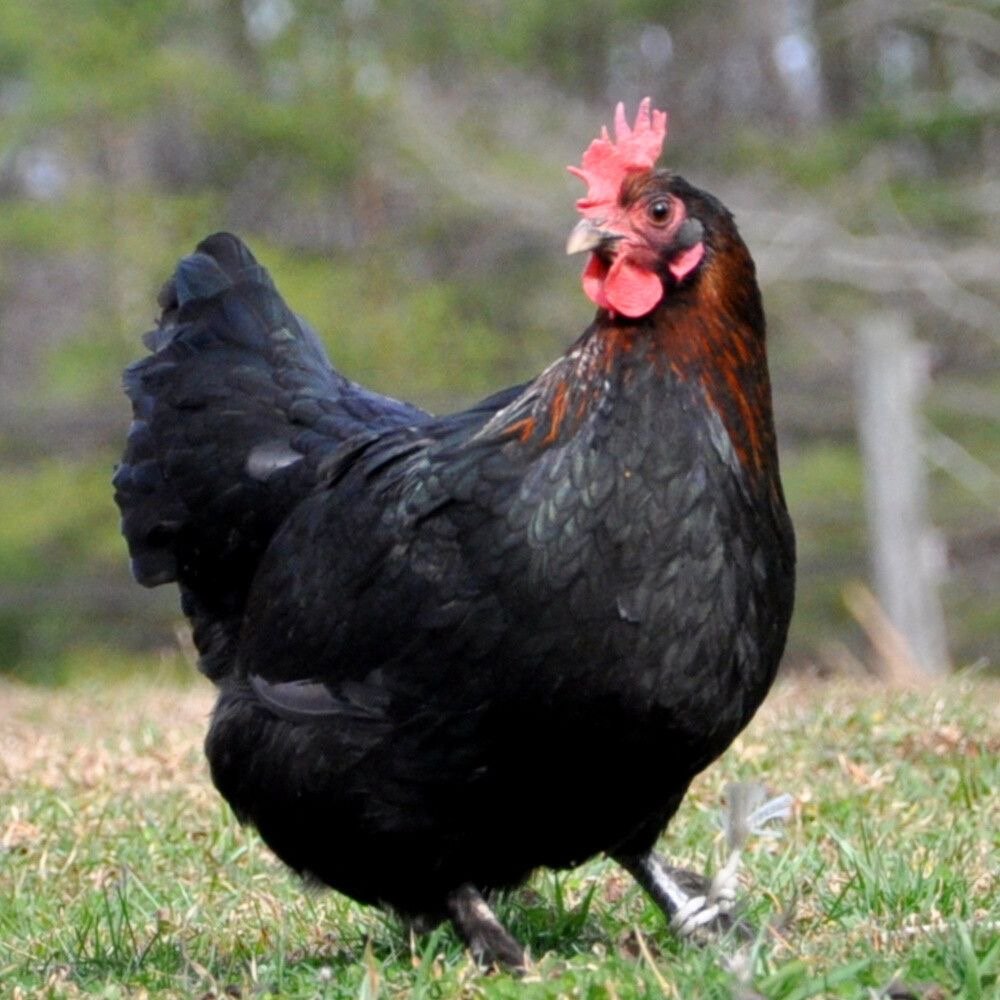

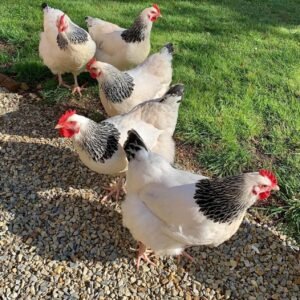
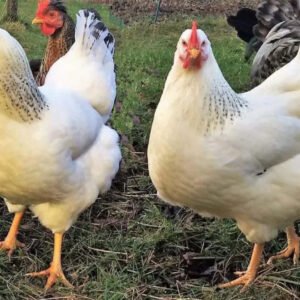
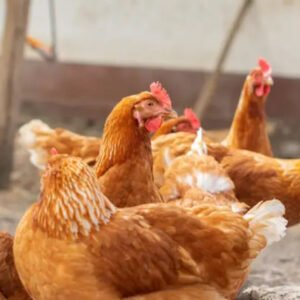
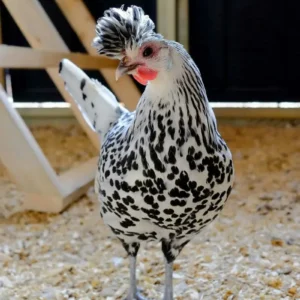
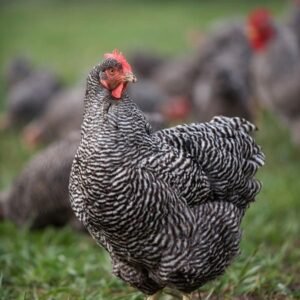

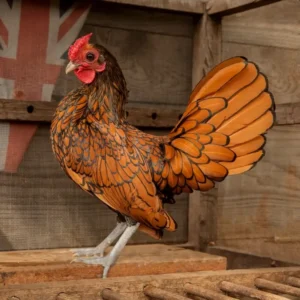
Reviews
There are no reviews yet.